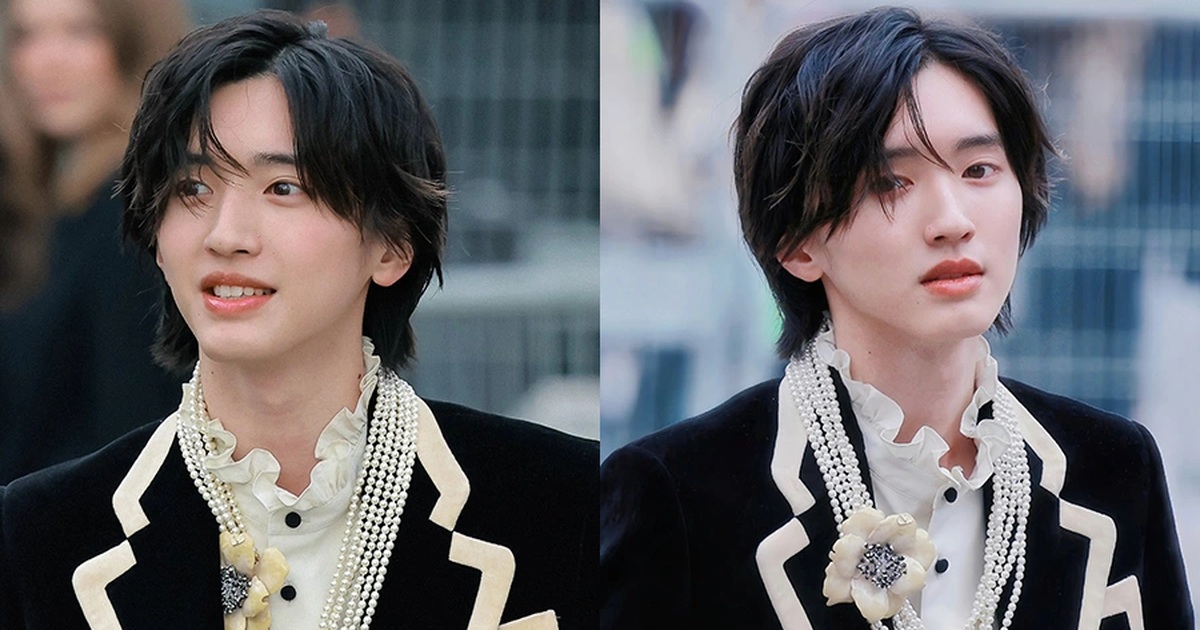A 2-year-old’s undescended urethral opening required surgical intervention.
Low urethral opening is a congenital anomaly in male infants. Typically, the urethral opening is located at the tip of the glans penis, but in some cases, it’s located in abnormal positions such as the underside of the glans, the shaft of the penis, etc. Boys should undergo surgery between the ages of 6 and 18 months. However, the family of little M.A. delayed seeking medical attention until he was 2 years old.
Low Urethral Opening, Penile Curvature in Children: A Dangerous Anomaly Easily Overlooked
M.A.’s family noticed unusual urination patterns, including a deviated stream and a urethral opening not positioned at the top of his penis. Concerned about his young age, they opted to wait for him to grow stronger before seeking medical attention. As the condition worsened, the child experienced excruciating pain, difficulty urinating, pronounced penile curvature, and frequent inflammation of the genital area due to the deviated urine stream. Concerned, the family rushed him to Hong Ngọc General Hospital.
At the hospital, doctors diagnosed severe low urethral opening, with the urethral opening located abnormally low, near the scrotum, and a 30-degree penile curvature. This is a challenging case of low urethral opening with a high risk of complications if not treated properly.
Urethral opening surgery for the child was performed at Hong Ngọc General Hospital.
According to Dr. Bùi Tiến Thành, MD, PhD, of the Urology Department at Hong Ngọc General Hospital, “Low urethral opening is a common congenital anomaly in boys, occurring in approximately 1 out of 200 male newborns. The condition presents in varying degrees of severity, ranging from mild (near the top of the penis) to severe (near the scrotum or perineum). In A.’s case, the opportunity for intervention had passed its optimal window, and delaying treatment could lead to various issues in adulthood.”
Dr. Thành also noted that the optimal time for corrective surgery for low urethral opening is before 18 months of age. After this period, the child is at higher risk of scar tissue formation post-surgery, and established urination habits and psychological factors can make treatment more complex, potentially compromising aesthetic outcomes and functional recovery.
“This condition not only affects urination function but also impacts the child’s psychological well-being and future reproductive capabilities. A deviated urine stream can lead to genital skin inflammation and urinary tract infections due to hygiene issues. The inability to urinate in a standing position, like other boys, can cause feelings of embarrassment and discomfort. Furthermore, severe penile curvature left uncorrected early can have a significant impact on future sexual function and reproductive health,” emphasized Dr. Thành.
Urethral Reconstruction – The Optimal Approach for Urethral Opening Deviations
Immediately following the examination, doctors opted for Duckett’s technique, a complex urethral reconstruction procedure demanding high precision.
During the surgery, surgeons straightened the penile shaft by removing the fibrous tissue causing the curvature and the abnormal urethral membrane. A new 3.7 cm urethral canal was then fashioned using a flap of foreskin mucosa. This new urethral canal was carefully wrapped around a size 8 Foley catheter and precisely connected to the original urethra. This step demands meticulous precision to prevent complications like urine leakage.
The new urethra was then guided through the created tunnel in the foreskin and sutured to restore the correct urethral opening position. Finally, the entire new urethra was safely covered with subcutaneous and skin tissue, and the catheter and penile bandages were secured.
Following the surgery, a urinary catheter was retained for 10-12 days to ensure the newly created urethra stabilized and healed completely. Post-operative follow-up indicated excellent recovery. The child experienced normal eating, sleeping patterns, and no pain or swelling. Urination was normal with a strong stream, and leakage or difficulty urinating were resolved.
Given the severity of the low urethral opening in a young child and the missed optimal intervention window, the surgical team had to carefully assess the extent of the damage, meticulously address the curvature, and precisely stitch the connection, as each stitch could affect the child’s future urinary function.
Ms. A.H., M.A.’s mother, shared, “Because our son was young, we delayed the surgery. We didn’t realize it would have such a significant impact on his health. Fortunately, the successful intervention restored normal urination and preserved his overall function.”
Dr. Thành advises parents not to ignore signs of deviated urine streams, weak urine jets, abnormal urethral openings, or penile curvature. Parents should promptly take their children to specialized medical facilities for timely treatment, preventing complications and ensuring the child’s healthy development.
Schedule a specialized consultation Urology Department, Hong Ngọc General Hospital
Hotline: 0912 002 131
Address:
- 55 Yên Ninh, Ba Đình, Hanoi
- 8 Châu Văn Liêm, Nam Từ Liêm, Hanoi



